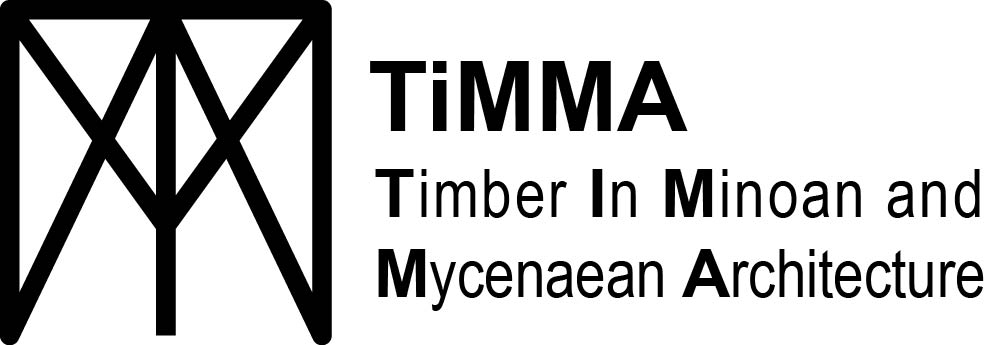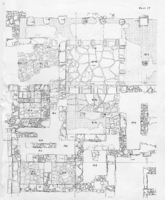Assessing the role of architecture in conspicuous consumption in the middle minoan I–II periods - Schoep 2004
Title
Assessing the role of architecture in conspicuous consumption in the middle minoan I–II periods - Schoep 2004
Oxford Journal of Archaeology
Creator
Ilse Schoep
Abstract
Summary. This paper uses Middle Minoan architecture to explore the degree to which the conceptualization and reconstruction of the First Palaces on Crete have been unduly influenced by the model of the Minoan palace as the centralized political, economic and religious authority. It is generally assumed that this model, first formulated on the basis of the LM II–III palace at Knossos, also serves to explain the First Palaces despite the fact that relatively little attention has hitherto been paid to their external and internal characteristics. Detailed reassessment of the available data strongly suggests that the First Palaces differed from their Late Bronze Age counterparts in several important ways. Particularly striking is the absence of so-called ‘palatial’ architectural features (e.g. ashlar masonry, Minoan Hall, Lustral Basin, etc.), which hitherto had been thought to form an integral part of the First Palaces. Rather, the earliest evidence for these architectural features seems to be found in elite residences in settlement contexts (e.g. Malia). This observation urges a reassessment not only of the term ‘palatial’ architecture but also of the nature and location of power in Middle Bronze Age Crete and the role played by architecture as a medium of elite conspicuous consumption.
volume
23
issue
3
pages
243-269
Date
2004
Language
en
doi
10.1111/j.1468-0092.2004.00211.x
issn
1468-0092

